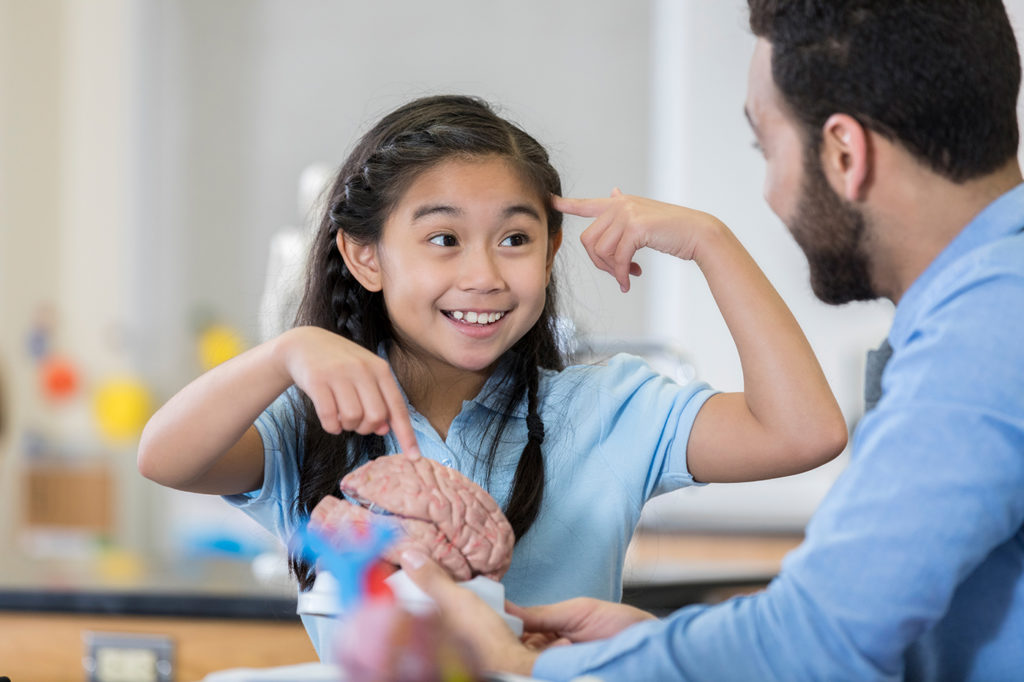
Emotional Functioning and Behavior
Overview
Emotions are the feelings that color our lives and allow us to experience all of the joys and sorrows of life. Psychologist Paul Ekman, an expert in the field of emotions, has identified six core emotions that are universally experienced and recognized: happiness, fear, anger, surprise, disgust/contempt, and sadness. Happiness is a desirable emotion that can enhance learning, and surprise may enhance both attention and learning. On the other hand, fear, anger, disgust/contempt and sadness can interfere with learning.
Emotions are cognitive processes that originate in the brain, specifically in a small structure located in the middle of the brain between the lower center or brainstem that regulates more basic body functions and the higher center or cortex that regulates more complex functions and thought. The brain interprets and directs our emotions and behavior. Priscilla Vail, an expert on learning, once described emotion as the “on-off switch to learning”. According to Vail, when the switch is off, the system is inactive and only the potential for learning is available. When the switch is on, the pathway to learning is open.

Children who are experiencing feelings of anxiety, anger or depression are far less likely to be successful in school than children who are happy. These negative feelings diminish the efficiency of cognitive processes such as attention and memory and can affect students’ interactions with others. Conversely, if children are having difficulty with cognitive processes such as attention, memory and/or language, their emotional well-being is diminished, and learning suffers.
Identifying a student’s emotional and behavioral strengths and weaknesses is critical for developing optimal learning conditions for each student.
Resources
Brooks, R. & S. Goldstein. (2002).Raising resilient children: Fostering strength, hope, and optimism in children. Baltimore, MD: Paul Brookes Publishing Company.
Ekman, P. (2007). Emotions revealed, Second edition: Recognizing faces and feelings to improve communication and emotional life. Cambridge, MA: Malor Books.
Ekman, P. and W. Friesen. (2003). Unmasking the face. Cambridge, MA: Malor Books.
Goldstein, S. and R. Brooks (2007). Understanding and managing children’s classroom behavior: Creating sustainable, resilient classrooms. Hoboken, NJ: Wiley Press.
Goldstein, S., Brooks, R. and S. Weiss (2006). Angry children, worried parents: Seven steps to help families manage anger. Plantation, FL: Specialty Press.
Hallowell, E. M. (1998). Worry: Hope and help for a common condition. New York: Ballantine Books.
Hattie, J. (2013). Visible learning and the science of how we learn. New York: Routledge.
